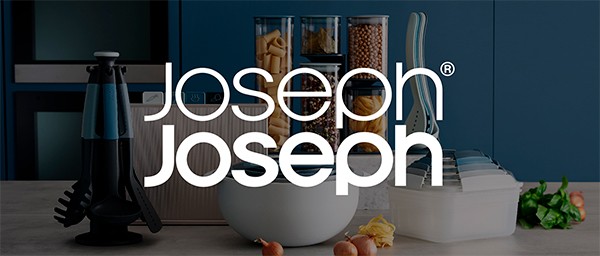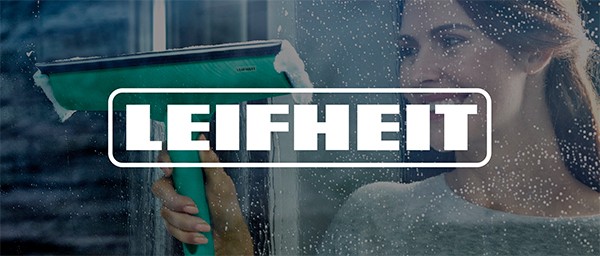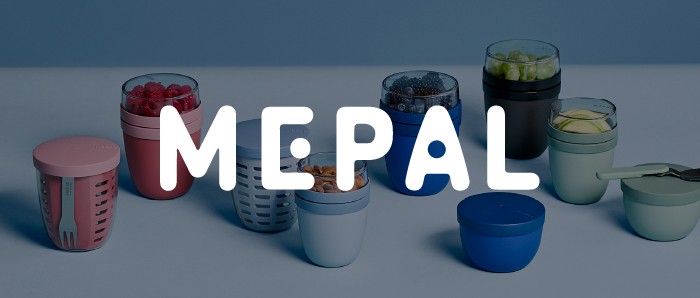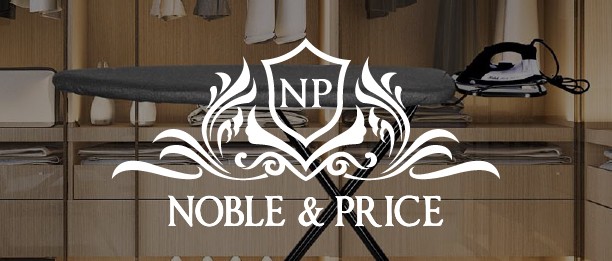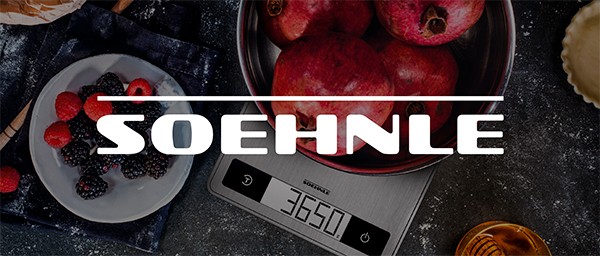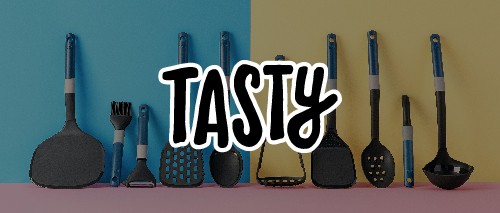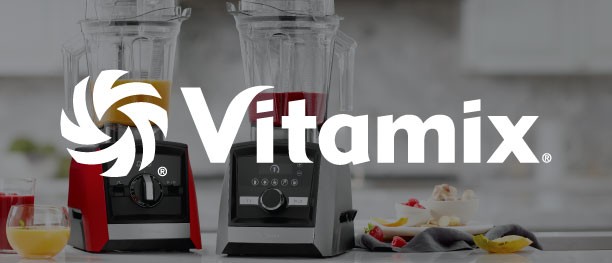

Car Wireless Charger Fast Charging Modification
Specification:
Material: Abs
Input voltage: 9-16 (v)
Output current: 1.66 (ma)
Working temperature: -30+80 (℃)
Output interface: Wireless
Applicable charging range: Qi wireless charging function mobile phone
Packing list: Car wireless charger x1
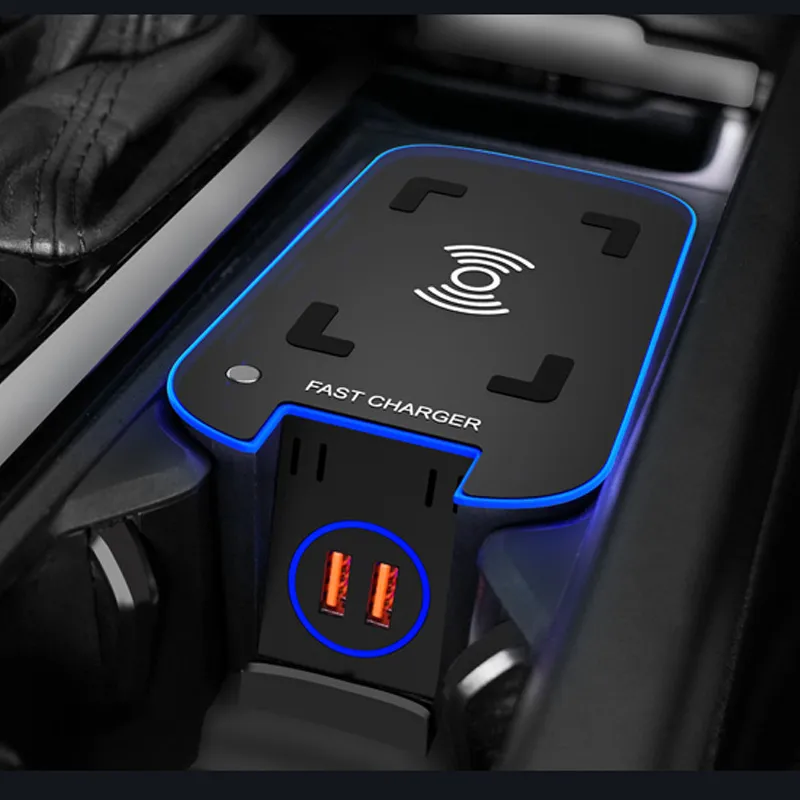
Car Wireless Charger Fast Charging Modification
1. Select a suitable wireless charger module
Choose a module rated for fast wireless output (for example 15 W or higher) that is compatible with automotive use. Ensure it has a wireless
transmitter coil, control board, and is compatible with your phone’s wireless charging standard (e.g., Qi, Qi2, MagSafe).
Check that it accepts input from a 12 V or 24 V car system and converts it properly to the required voltage for fast charging wireless
output.
2. Prepare vehicle power supply
Locate the vehicle’s 12 V cigarette lighter socket or another constant 12 V DC source (or 24 V if in a truck).
Install a stable step‑down converter if needed, to supply clean and steady voltage (commonly 9 V or 12 V input) to the wireless module.
Install an inline fuse on the car side to protect the wiring and device.
Verify wiring and connections are solid and insulated for automotive vibration.
3. Determine mounting location & coil alignment
Choose a location where the phone will rest reliably and with minimal movement—common places are dashboard centre console, tray in front of
shifter, or dedicated phone mount.
Ensure the wireless coil is mounted as flat as possible, with minimal gap between coil and the phone’s wireless receiver pad. Avoid metal or
thick materials between them.
Use anti‑slip material or foam to keep the phone from sliding while driving.
4. Install the wireless transmitter coil and mount
Mount the coil and controller board behind the mounting surface (dashboard tray or console). Drill or use existing openings if needed for
wires.
Route the power wiring behind the dash or centre console neatly. Secure components with cable ties or mounting pads so they don’t rattle or
move.
Place the phone surface pad flush and level. Test with your phone to ensure proper charging alignment (check device shows “fast wireless
charging” indicator).
5. Optimize ventilation & safety
Because wireless fast‑charging generates more heat, ensure there’s airflow around the module. Avoid enclosed, hot spots (like under the
dashboard in sunlight).
Use heat‑resistant materials and avoid placing modules near blowers or direct sun.
Ensure the module has over‑heat protection, over‑current protection, and proper case insulation.
6. Test performance and compatibility
Place a phone that supports fast wireless charging on the pad and verify your phone shows “Fast Wireless Charging” or the equivalent status.
Try with a phone case on if you plan to use one—ensure it doesn’t interfere with magnetic or coil alignment.
Drive around and check that the phone stays in place and charging continues without interruption. Confirm no thermal shutdown or voltage
drops.
7. Final finishing and trim
Tidy up wiring, secure exposed parts, and use trim panels or mats to hide mount components.
Label the charger pad area for convenience (e.g., “Place phone here – fast charge”).
Glue or fasten the pad surface well to prevent movement when door opens/closes or when vehicle jolts.
📋 Checklist – What to Verify
- Phone supports the fast wireless standard (check manufacturer specs).
- Wireless module supports the required output wattage for “fast” charging.
- Car’s electrical system supplies stable voltage under load.
- Mounting surface is free of metal interference and is aligned properly.
- Phone remains secure during driving and doesn’t slide off or misalign.
- Charging performance remains stable, temperature stays safe to touch.
- All wiring insulated, fuse installed, components secured.
The product may be provided by a different brand of comparable quality.
The actual product may vary slightly from the image shown.
Shop amazing plants at The Node – a top destination for plant lovers


.png)


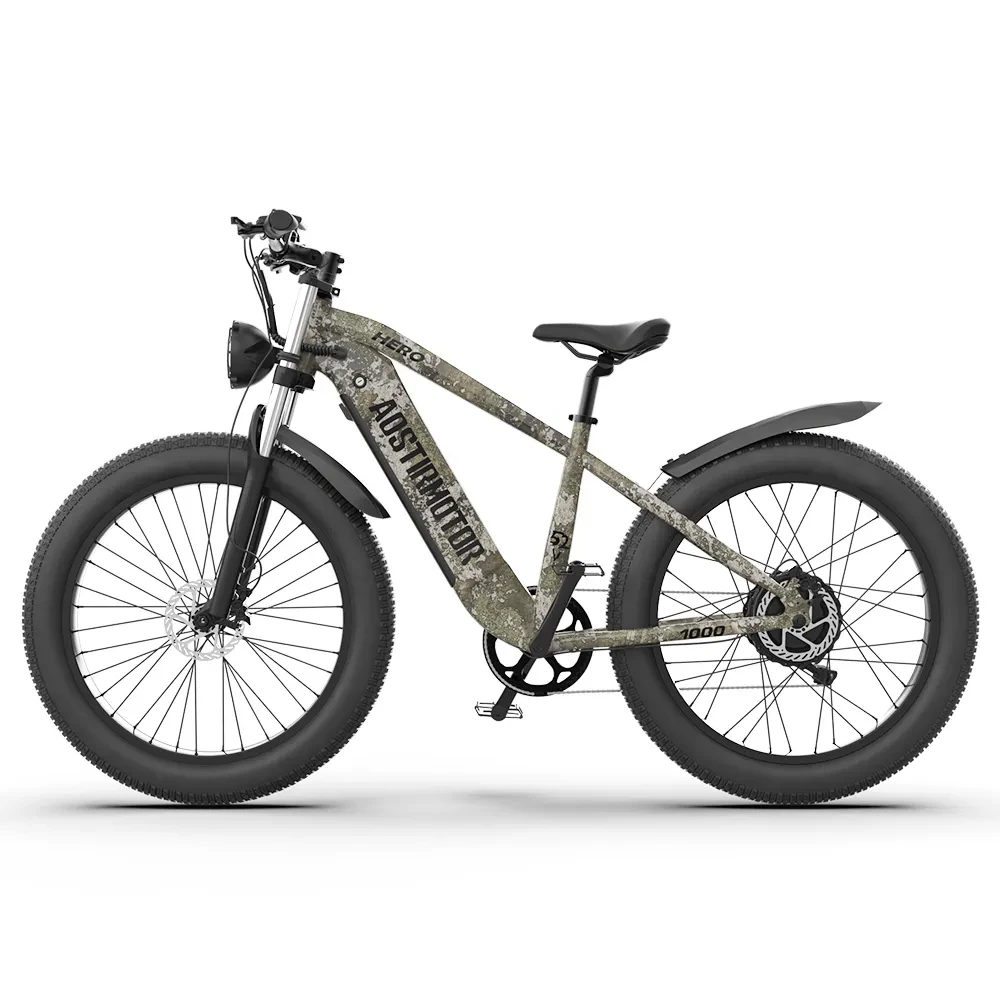
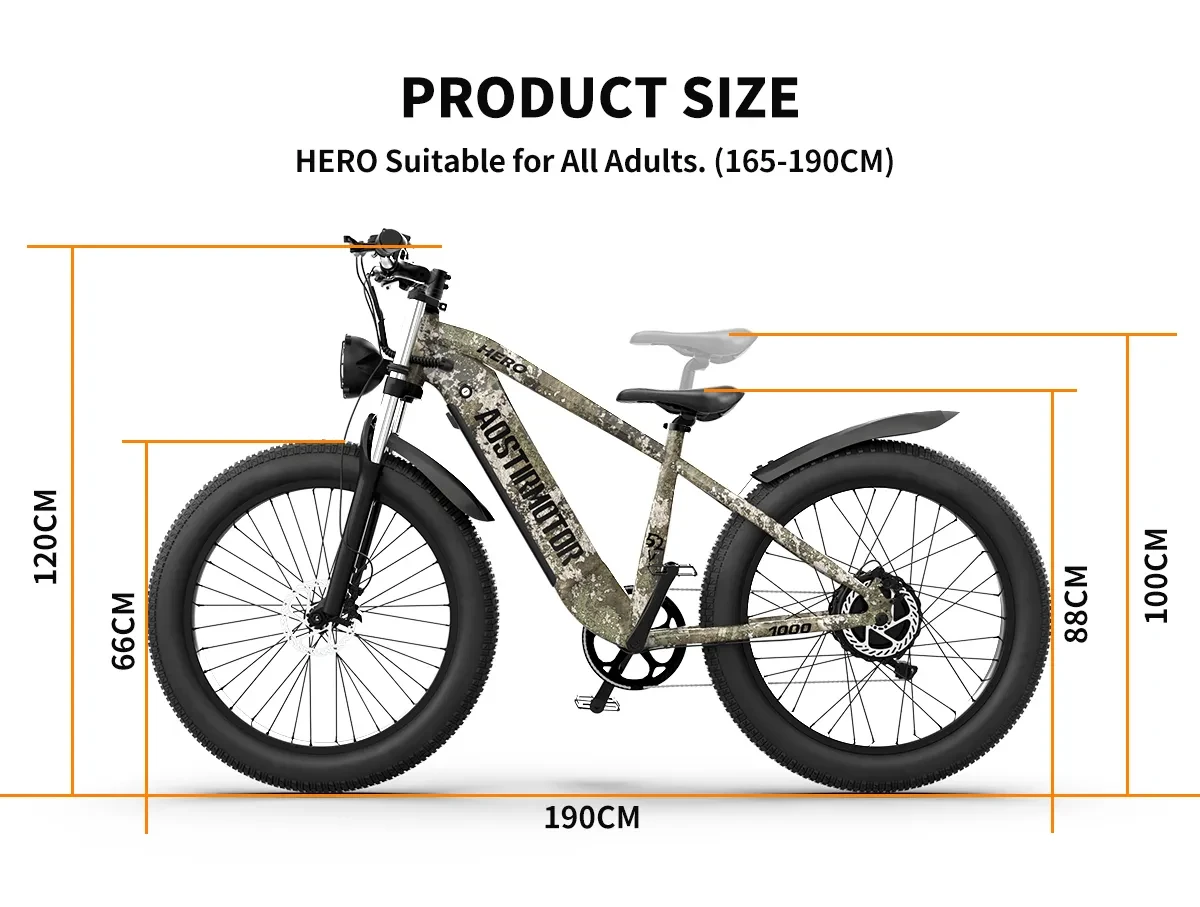

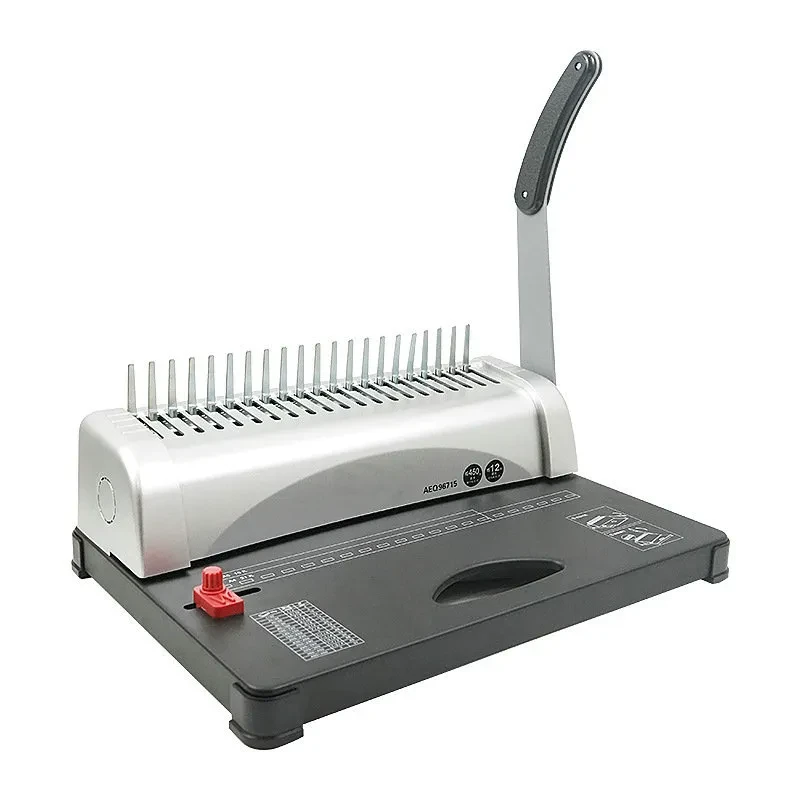
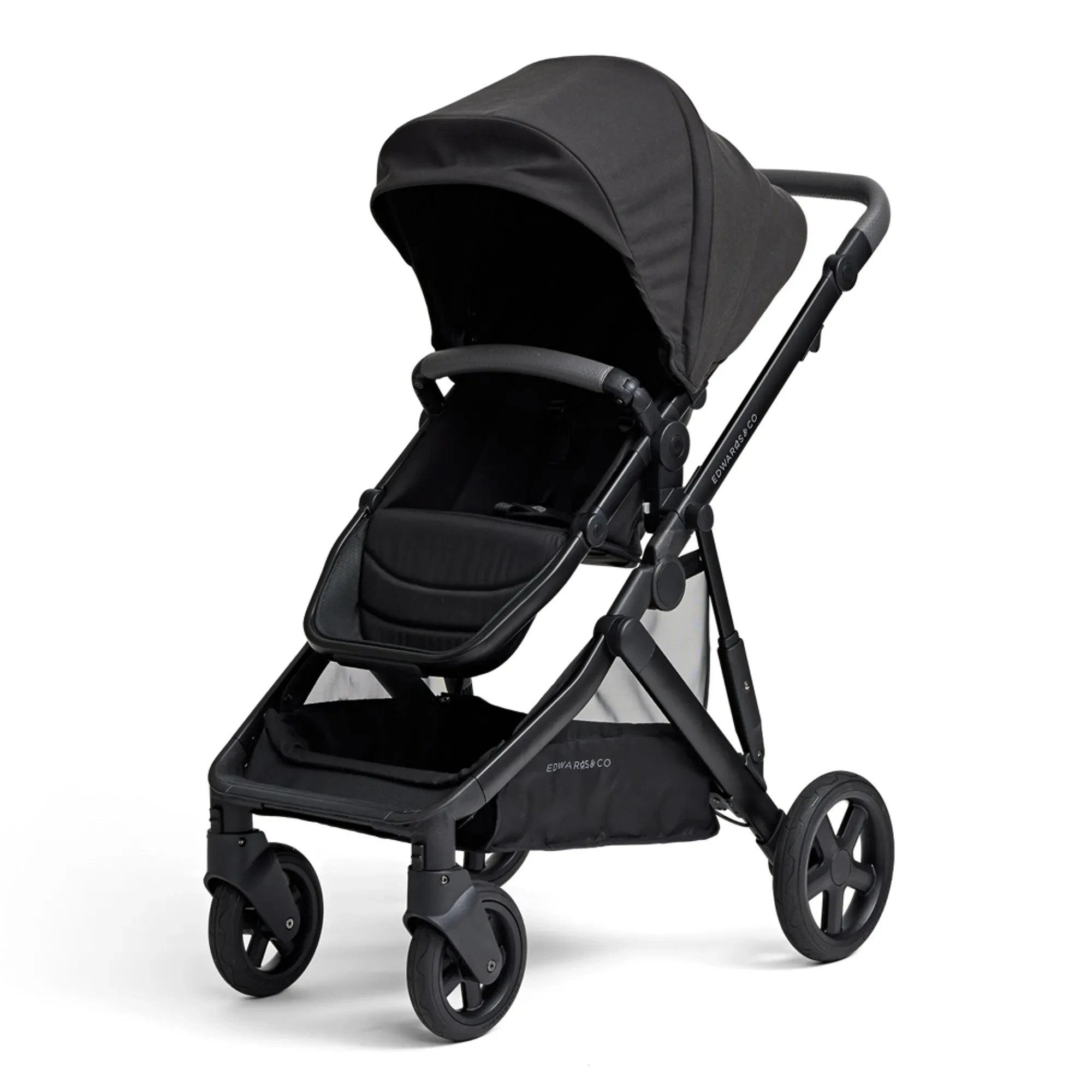
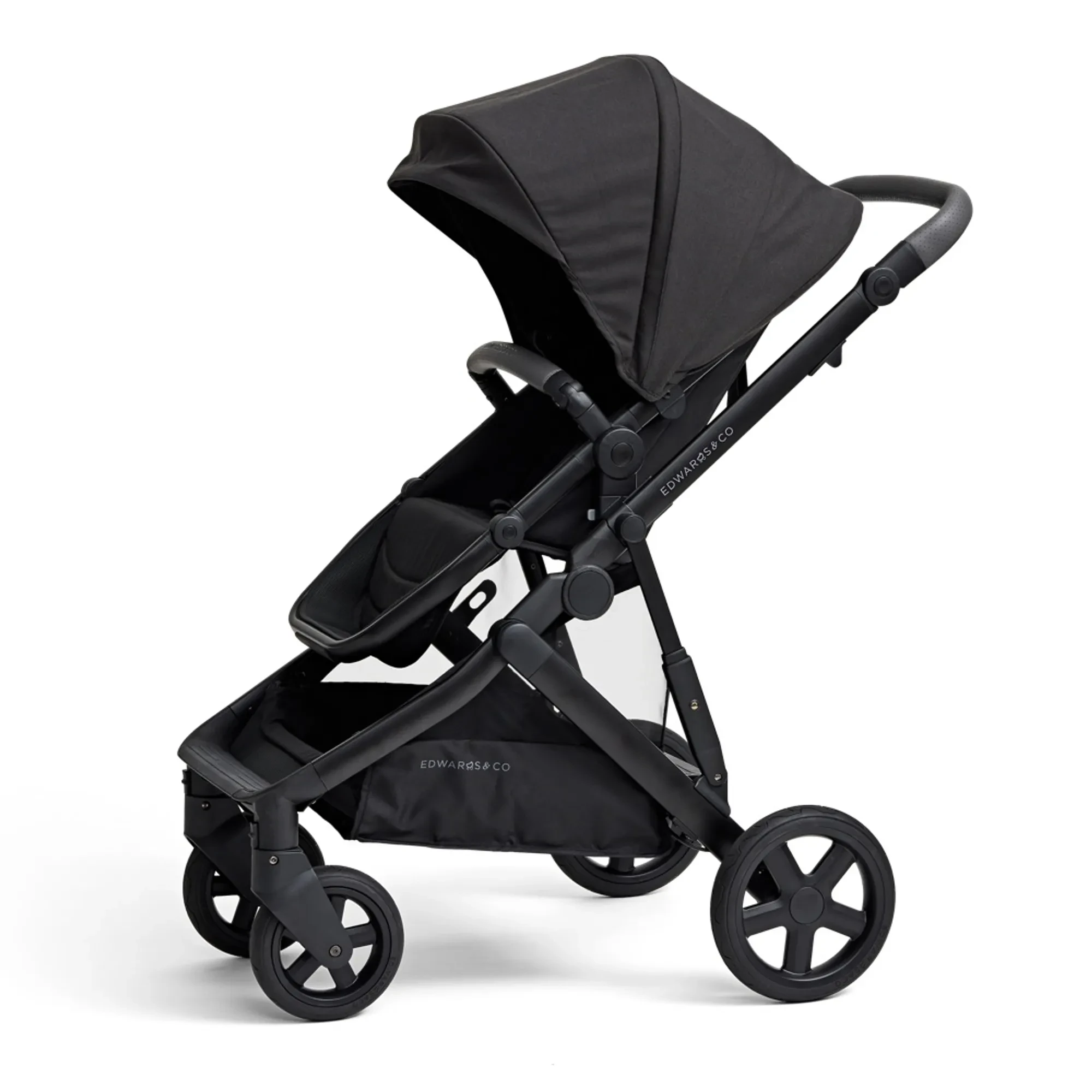



.jpg)

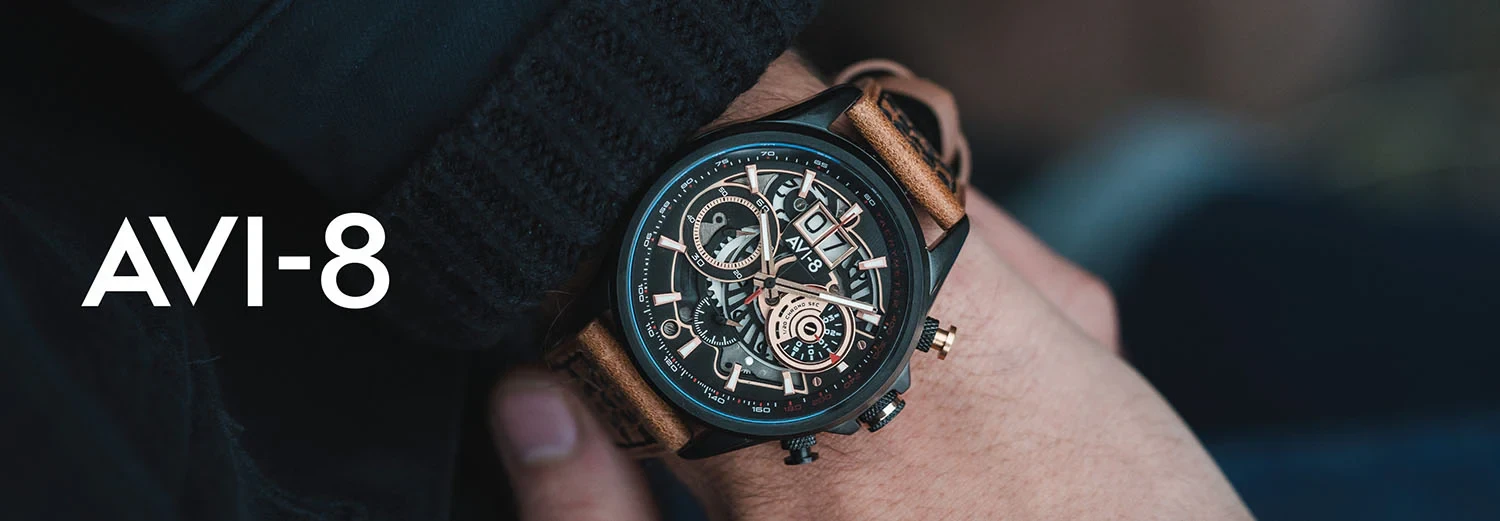







.jpg)





.jpeg)





.jpeg)



.jpeg)








.jpeg)



.jpeg)

.jpeg)
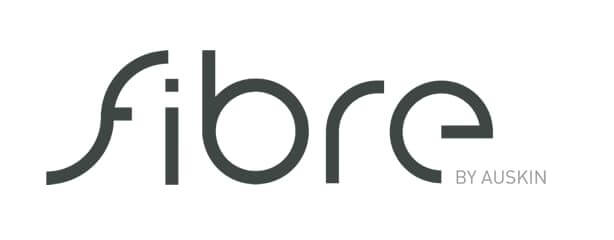
.jpeg)

.jpeg)
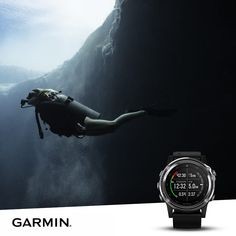



.jpeg)
.jpg)

.jpeg)






.jpeg)
.jpeg)




.jpeg)





.jpeg)


.jpeg)

.jpeg)

.jpeg)

.jpeg)







.jpeg)
.jpeg)
.jpeg)





.jpeg)



.jpeg)


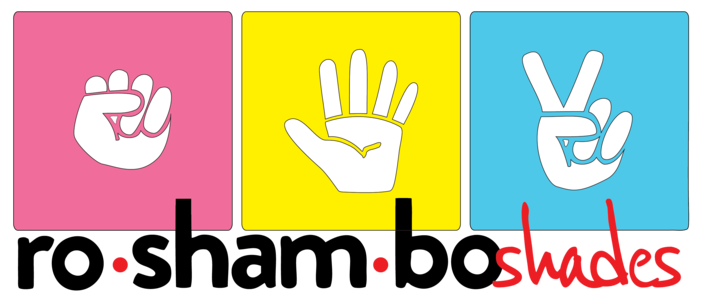



.jpg)
.jpeg)









.jpg)


ulva-Logo.jpg)




.jpeg)



.png)





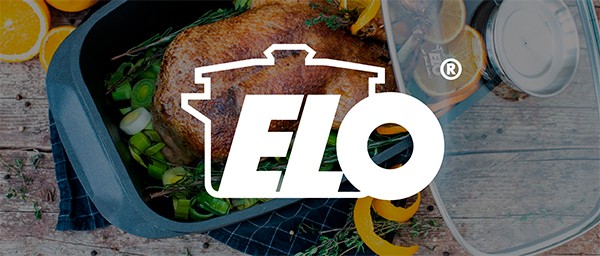
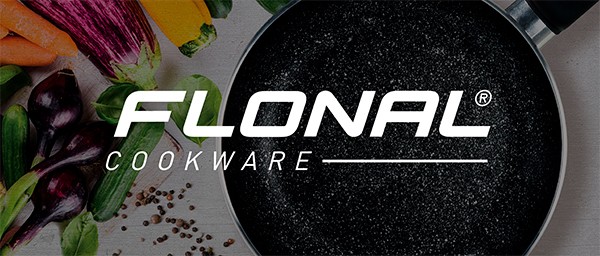





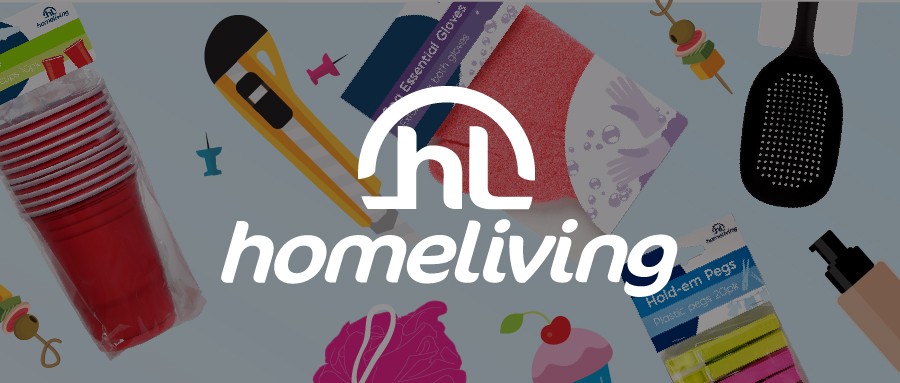

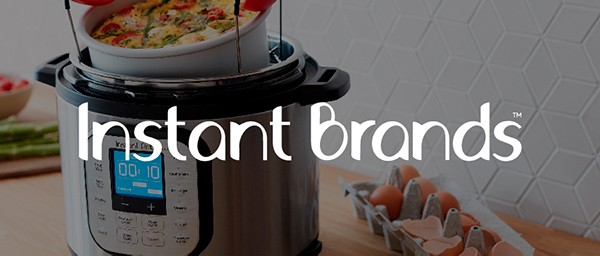
.png)
